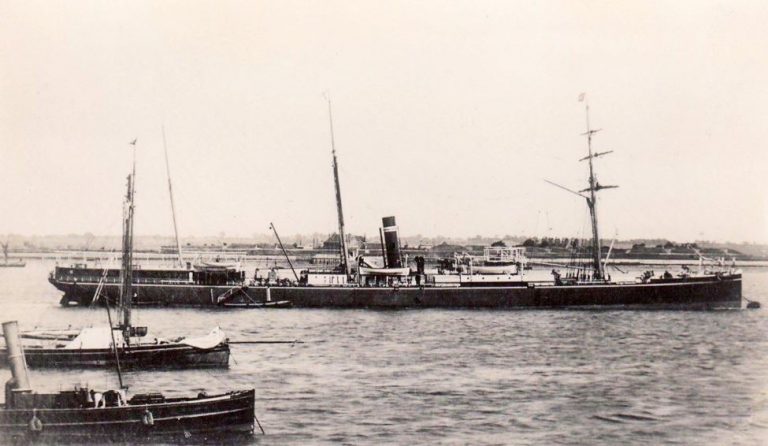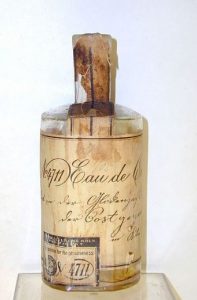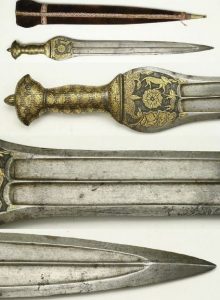Bretton Hall 1885
N50 23.039 W3 29.803

The image above is similar ship ” Wistow Hall “which was built in the same yard for the same owner three years prior to the Bretton Hall.
This British steamer was bound for Bombay from Antwerp when she ran ashore in St. Mary’s Bay near Sharkham Point at six o’clock in the evening of December 6, 1885, in an easterly gale. Captain Millard and his crew were all saved. Her cargo was sand and 450 tons of Belgian malleable iron ingots.
 Also included were 50 tons of general cargo including playing cards and bottles of Eau-de-cologne The ingots were later salvaged. At 5am the next day, the seas were washing right over her so captain Millard abandoned ship. She is now very broken, but a large part of her keel and many plates can be seen in 7m. This is rated a good novice shore dive, but with a long snorkel from the beach to save air. Kelp covers the wreck remains and there are plaice to be seen on sand patches.
Also included were 50 tons of general cargo including playing cards and bottles of Eau-de-cologne The ingots were later salvaged. At 5am the next day, the seas were washing right over her so captain Millard abandoned ship. She is now very broken, but a large part of her keel and many plates can be seen in 7m. This is rated a good novice shore dive, but with a long snorkel from the beach to save air. Kelp covers the wreck remains and there are plaice to be seen on sand patches.
 The 450 tons of malleable Belgium iron ore was destined for a sword making factory in India.
The 450 tons of malleable Belgium iron ore was destined for a sword making factory in India.
Built: 1881 by Connell & Co, Scotstoun , Glasgow
Owner: Alexander & Radcliffe, Liverpool
Gross Tonnage: 2421
Dimensions: 97.54 x 11.03 x 7.77
Power: 2 cyl 300 hp engine (John and James Thomson, Glasgow)
Yard No.: 84099
Port of registry: Liverpool
Charles Connell & Co was founded by Charles Connell who had served an apprenticeship with Robert Steele and Co before becoming manager of Alexander Stephen and Sons Kelvinhaugh yard before he started shipbuilding on his own account at Scotstoun in 1861 initially concentrating on sailing ships.
From 1918 the Company became well known for high quality passenger and cargo ships. The yard closed from 1930 to 1937 due to the Great Depression, before rearmament efforts stimulated demand. In 1968 the yard passed from Connell family ownership after 107 years and became part of Upper Clyde Shipbuilders.
Upper Clyde Shipbuilders continued to operate the Scotstoun yard until 1971 when it collapsed and, from 1972 to 1980 as Scotstoun Marine Ltd, a subsidiary of Govan Shipbuilders.
They built the famous Tea Clipper “Taitsing” who won the Great Tea Race in 1866.
The Connell shipyard was closed in 1980 after 119 years of shipbuilding. The site was cleared of cranes although some evidence of the building berths remained visible until about 2004. Part of the yard’s covered facilities are used by steel stockholders GKN whilst the riverside berth has been used by Motherwell Bridge Engineering for heavy fabrication work.